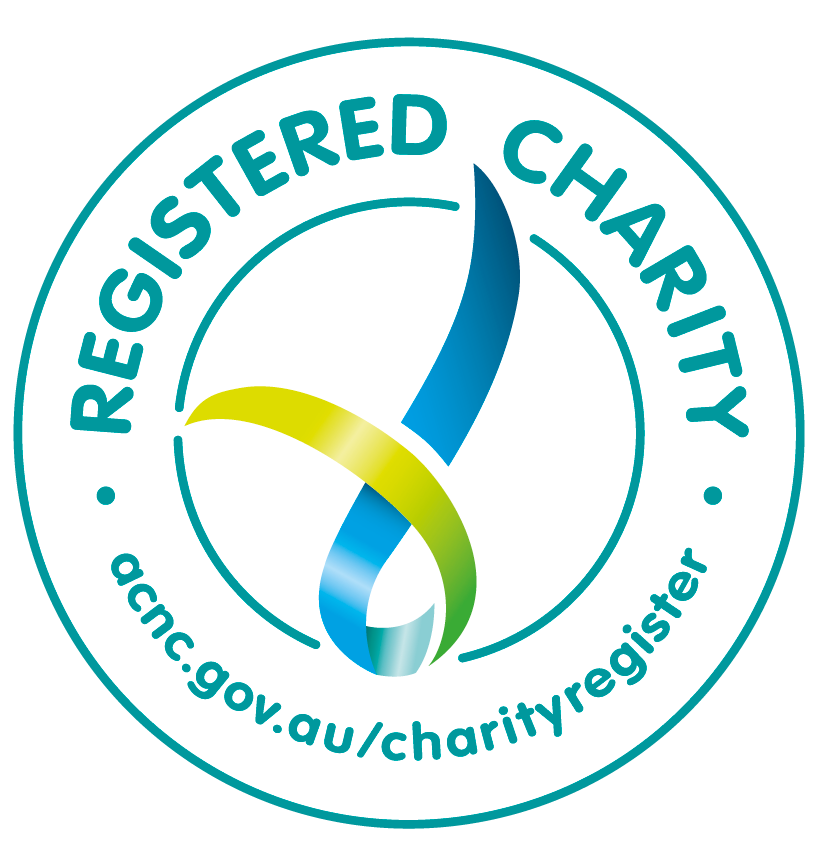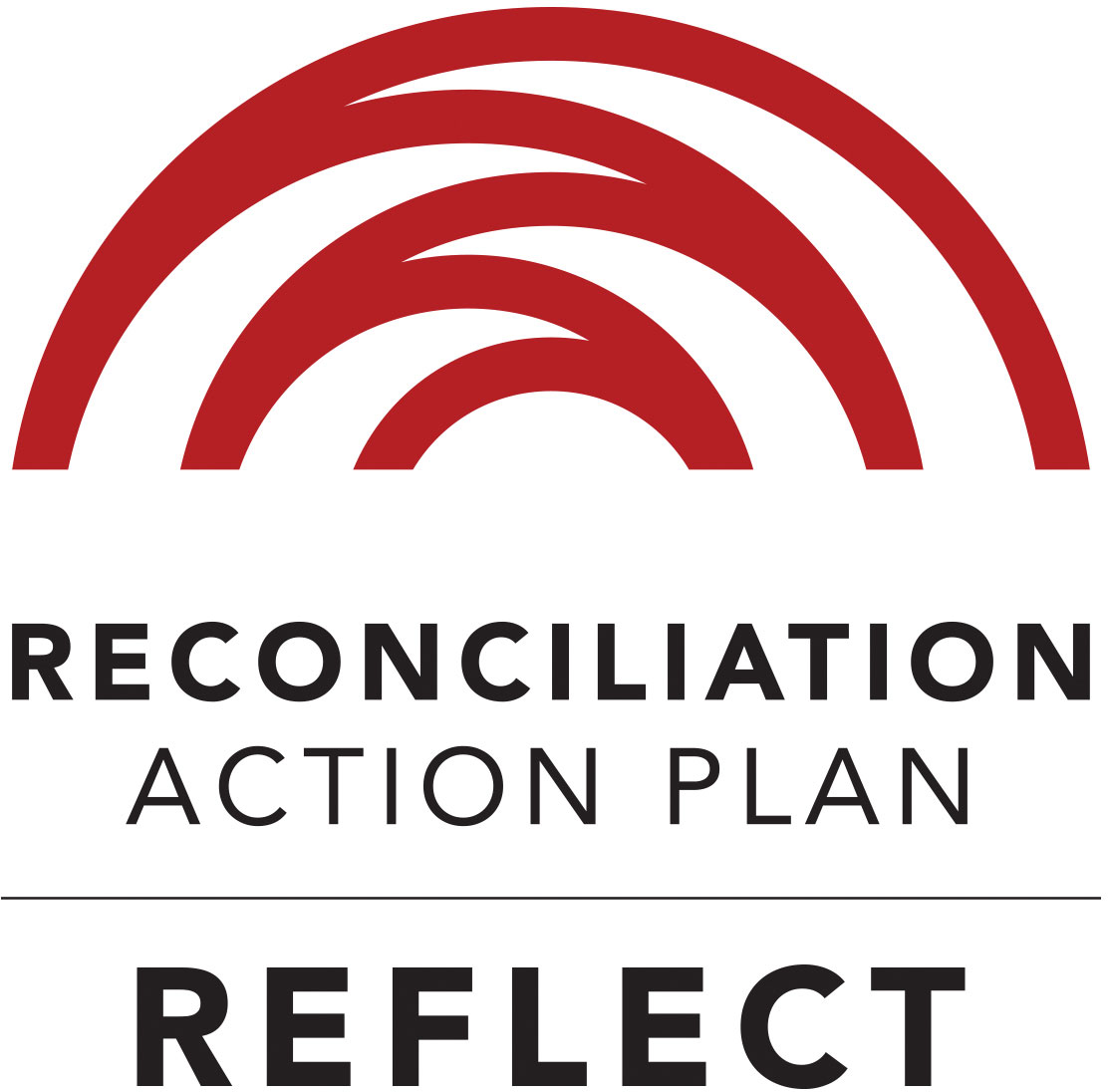More pages in this section
What makes a culturally-safe workplace?
selectability acknowledges the Traditional Owners of the land on which we provide services and pay our respects to Elders past, present and emerging.
For most employees it’s easy to define a physically safe but unfortunately many are still unsure of what a culturally-safe workplace means.
As one of the largest providers of mental health, wellbeing and suicide prevention services across regional Queensland, and with 14 per cent of our employees identifying as Aboriginal or Torres Strait Islander, selectability is committed to ensuring culturally-safe work practices are embedded across our diverse footprint.
We caught up with selectability Reconciliation Action Plan (RAP) working group member and Mount Isa and Lower Gulf Traditional Owner Rodney Kum Sing to find out what a culturally safe workplace is and things we can all do to promote workplace inclusion.
“A culturally safe workplace is one that ensures all workers, consumers and visitors feel comfortable, supported and respected,” said Rodney.
“It means that organisations provide workplaces that encourage respectful communication, acknowledge and recognise the contributions of all.
“Workplaces should be safe environments where people feel respected and valued whatever their background or cultural identity is.”
Rodney is a Traditional Owner whose family background extends from the Lower Gulf of Carpentaria to Mount Isa, with connections to five Native Title groups.
These are five ways he suggests can assist with improving culture safety in the workplace
- Promoting cultural awareness through education and training.
This could include dedicated cultural awareness presentations developed and delivered by First Nations employees, Elders or Traditional Owners.
Employees should be prepared to listen and respectfully engage with others in two-way dialogue. This ensures that knowledge is shared between different cultures.
- Get involved in cultural activities
Include staff in cultural-based activities and community events throughout the year – think NAIDOC Week and Reconciliation Week.
- Include Acknowledgement in presentations
An Acknowledgement of Country is an opportunity for anyone to show respect for Traditional Owners and the continuing connection of Aboriginal and Torres Strait Islander peoples to Country.
- Avoid stereotypes or 'us' and 'them' language
Ensure that employees recognise the stereotypical barriers often faced by First Nations peoples. Don’t use us and them language when describing situations or reconciliation goals. Instead promote and build respectful relationships.
- Understanding cultural protocols
It’s important to understand basic protocols to ensure communication is respectful. It's also important that different community's adhere to different protocols. For example when there is a funeral on in the community (sorry business), you must adhere to that community's protocols.
Remember, consultation is essential when writing about sensitive matters like cultures and history.
And remember if you are unsure…ask!
You can view our Reconciliation Action Plan HERE
USEFUL LINKS





selectability acknowledges the Traditional Owners of the land on which we provide services and pay our respects to Elders past, present and emerging. We acknowledge those with lived experience and those who support and partner with us to improve mental wellbeing and prevent suicide across regional Queensland.

